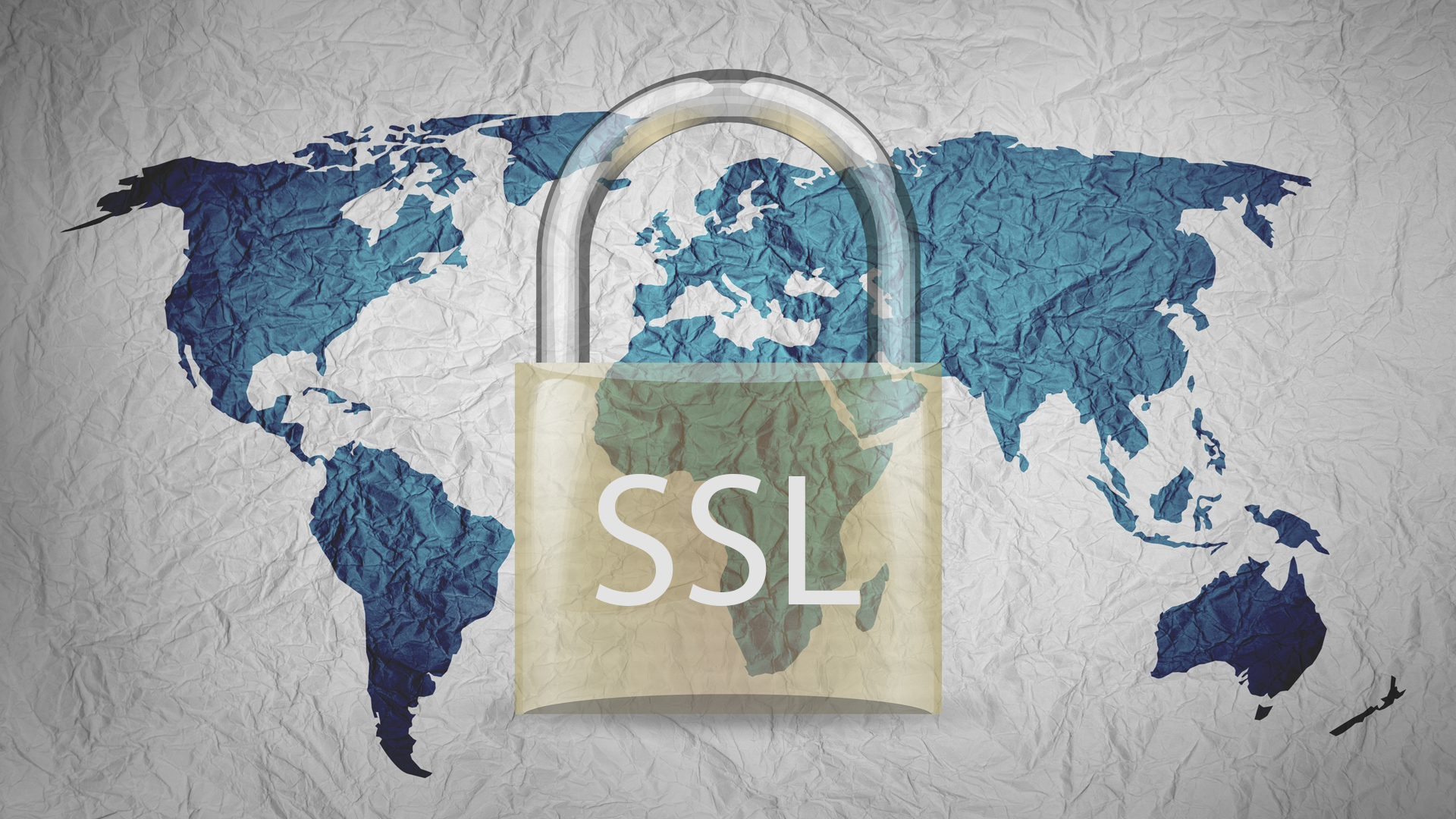SSL Certificates for Electronic Signature Providers
SSL is one of the best ways to establish trust between you and your customer. It ensures that customers are confident to do business online with you as a legitimate and trustworthy partner.

Also known as digital certificates, SSL creates a secure link between a website and a visitor’s browser. It ensures that all data passed between both parties remains private and secure. As a result, the only person who can understand those information is the intended recipient. Therefore, no hackers can steal private information, such as credit card numbers, social security numbers, and login credentials.
What is Secure Sockets Layer (SSL)?
Secure Sockets Layer (SSL) is an encryption-based Internet security protocol which allows transmitting of sensitive information safely and securely. This networking protocol secures connections between web clients and web servers by determining variables of the encryption for both the link and the transmitted data.
Its primary goal is becoming a solution to transferring confidential information on the Internet. Therefore, all information transferred to or from your computer is encrypted, ensuring privacy, authentication, and data integrity in Internet communications.
History of SSL
SSL was established in the 1990s as a proprietary protocol that enabled Netscape browser clients using the HTTP to communicate securely with Netscape web servers. However, they never released the 1.0 version of SSL. The version 2.0 of the protocol was formally introduced in 1995, becoming the first widely used protocol for securing online transactions.

Ever since SSL uses a combination of public-key encryption and private key encryption and other cryptographic functions to secure a connection between two machines over the Internet. It runs above the transport layer and the network layer; and below application layer protocols, such as HTTP and the Simple Mail Transport Protocol (SMTP).
How SSL Works
The first step of getting a certificate is the creation of a Certificate Signing Request (CSR) on your server. Then, your server creates both private key and public key. The CSR data file that you send to the SSL Certificate issuer (called a Certificate Authority or CA) contains the public key. The CA uses the CSR data file to create a data structure to match your private key without compromising the key itself. The CA never sees the private key.
The most important part of an SSL certificate for an electronic signature provider is that a trusted CA digitally signs it. An SSL Certificate issued by a CA to an electronic signature provider verifies that a trusted third party has authenticated that organization’s identity.

Are SSL and TLS the Same Thing?
Even though SSL and TSL are closely related and often used as the term ‘SSL/TLS encryption’ because SSL still has so much name recognition, they shouldn’t be confused.
Indeed, the final version of SSL (3.0) and the first version of TLS are very similar. But, it’s important to underline that the name change was applied to signify the change in ownership. Since 1999 when the Internet Engineering Task Force (IETF) proposed an update to SSL in which Netscape was no longer involved, the name was changed to TLS.
SSL certificates play an essential role at DigiSigner. We store your documents securely behind a firewall and authenticate every request for each document against the user’s session. All communication is safely protected using SSL encryption.

